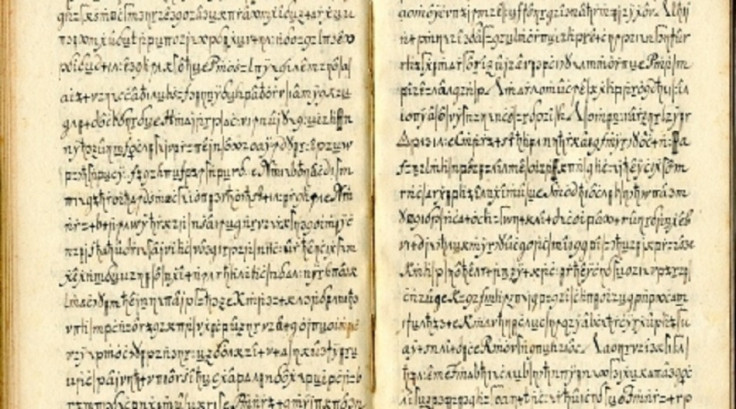Language Experts Solve 18th Century Masonic Code Mystery

Two language scholars from Uppsala University, along with an American colleague, have deciphered a hand-written manuscript from the 1730s. The manuscript turned out to be from the Oculists, a German secret society whose purpose included mapping the secret rituals of Masons.
"We didn't even know what language lay behind the cipher. After many experiments that did not yield any preferences for any particular language, we guessed German, since the bookmark Philipp in the book had German spelling and the book, as far as we know, comes from Germany," said Beáta Megyesi, a Language Technologist at Uppsala University, in a statement.
A further complication for the researchers was that the cipher is homophonic, meaning that each character can be coded with several different characters in the cipher.
"At first we thought it was the Latin letters that contained the message itself, not the abstract symbols, but this proved to be wrong. The Latin letters stand for spaces in the document, presumably to lead decoders astray," said Megyesi.
The manuscript, called "The Copiale Cipher," has 75 pages and contains 75,000 characters. Apart from what is the bookmark of the former owner ("Philipp 1866") and a note at the bottom of the last page ("Copiales3") the manuscript is entirely in code. The cipher used consists of 90 different characters ranging from Latin and Greek letters to diacritical signs and mystical symbols, so-called logograms.
The technique the scholars used to break the code involves comparing the most common combinations of characters in the coded document with the most commonly occurring character combinations in the underlying language.
Another discovery was the significance of the colon as a marker that the preceding character is to be repeated. The researchers were able to decipher the logograms last, once they had transcribed the entire document. They represent various roles and concepts in the secret society behind the manuscript. The deciphered text itself required only 16 pages.
The contents of the manuscript are now being studied by scholars from the fields of history of ideas and science of religion, as they reveal information about secret societies which were common in the 18th century and their influence on the French and American revolutions, for instance.
The research team has digitized, transcribed and decoded the entire manuscript. The contents have also been translated from German into English.
© Copyright IBTimes 2025. All rights reserved.





















